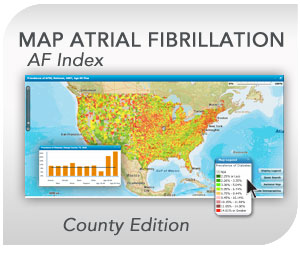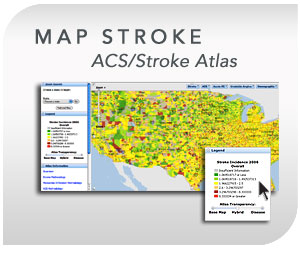The A’s and B’s of the ABC’s of stroke mechanisms and recurrence in pediatric ischemic stroke
Stroke Reports Thursday, November 22nd, 2012Neurology: 10/17/12
Arterial ischemic stroke in children is rare, estimated at 2 per 100,000 children per year,1 but carries a relatively high risk of both recurrent stroke and lifelong neurologic morbidity.2 Ischemic stroke mechanisms in both adults and children can be conceptually broken down into the “ABCs”: arterial, blood, and cardiac. The mechanism of the stroke is important as therapeutic decisions and recurrent risk can vary by etiology. Arterial mechanisms (vasculopathies) are among the most common identified risk factors in childhood stroke, and differ dramatically from those seen in adults. They are traditionally divided into inflammatory (e.g., vasculitis, infectious) and noninflammatory (e.g., focal cerebral arteriopathy, moyamoya, dissection) processes. Read more




























